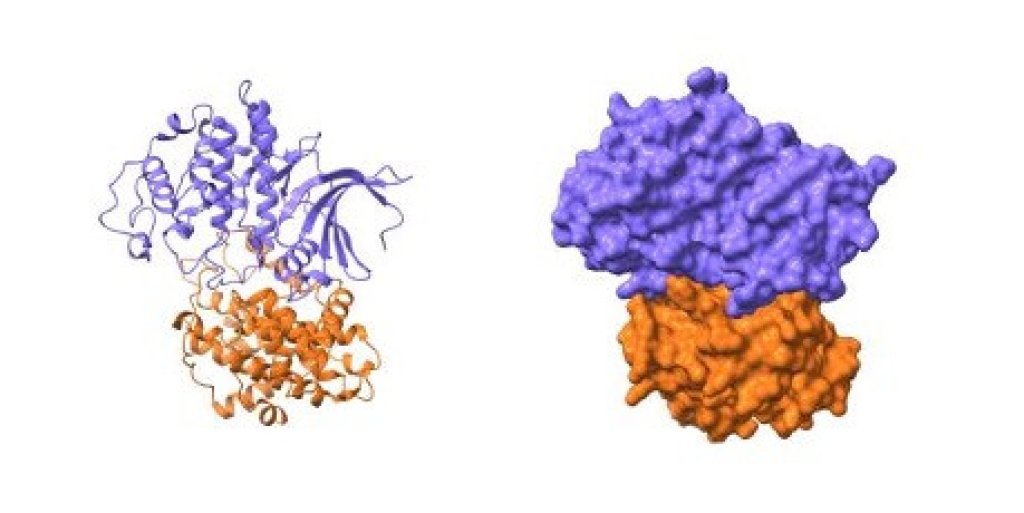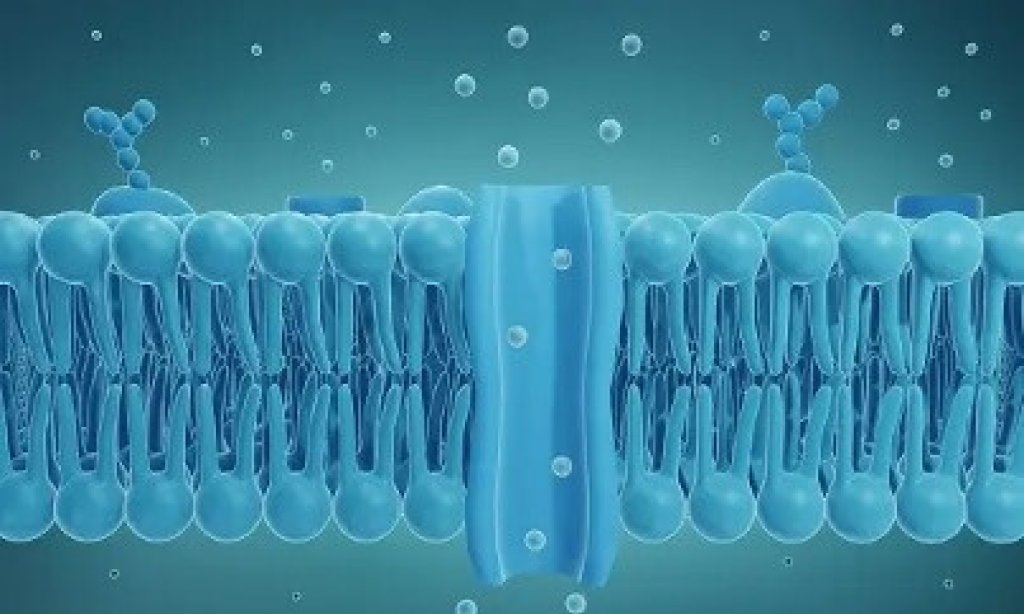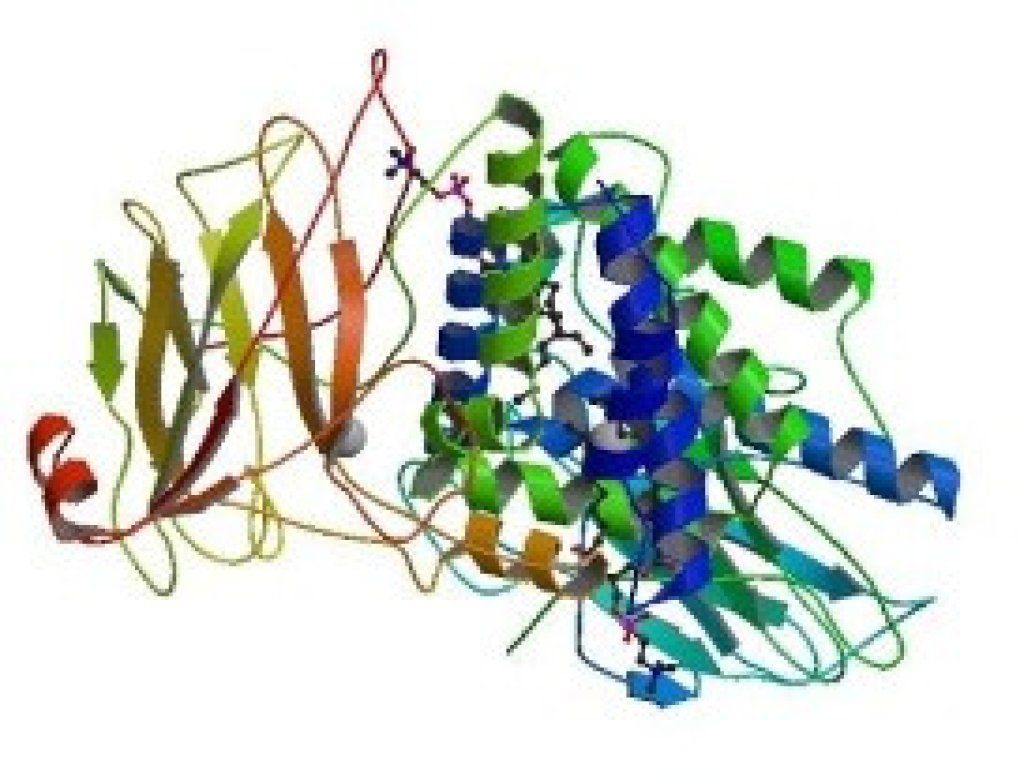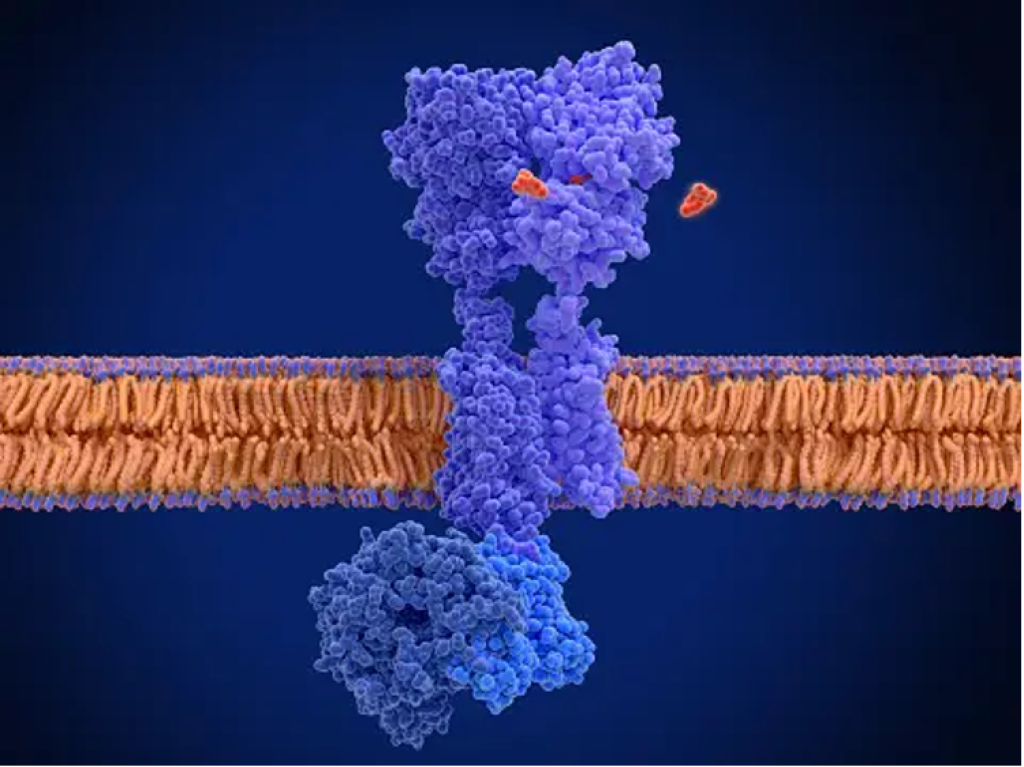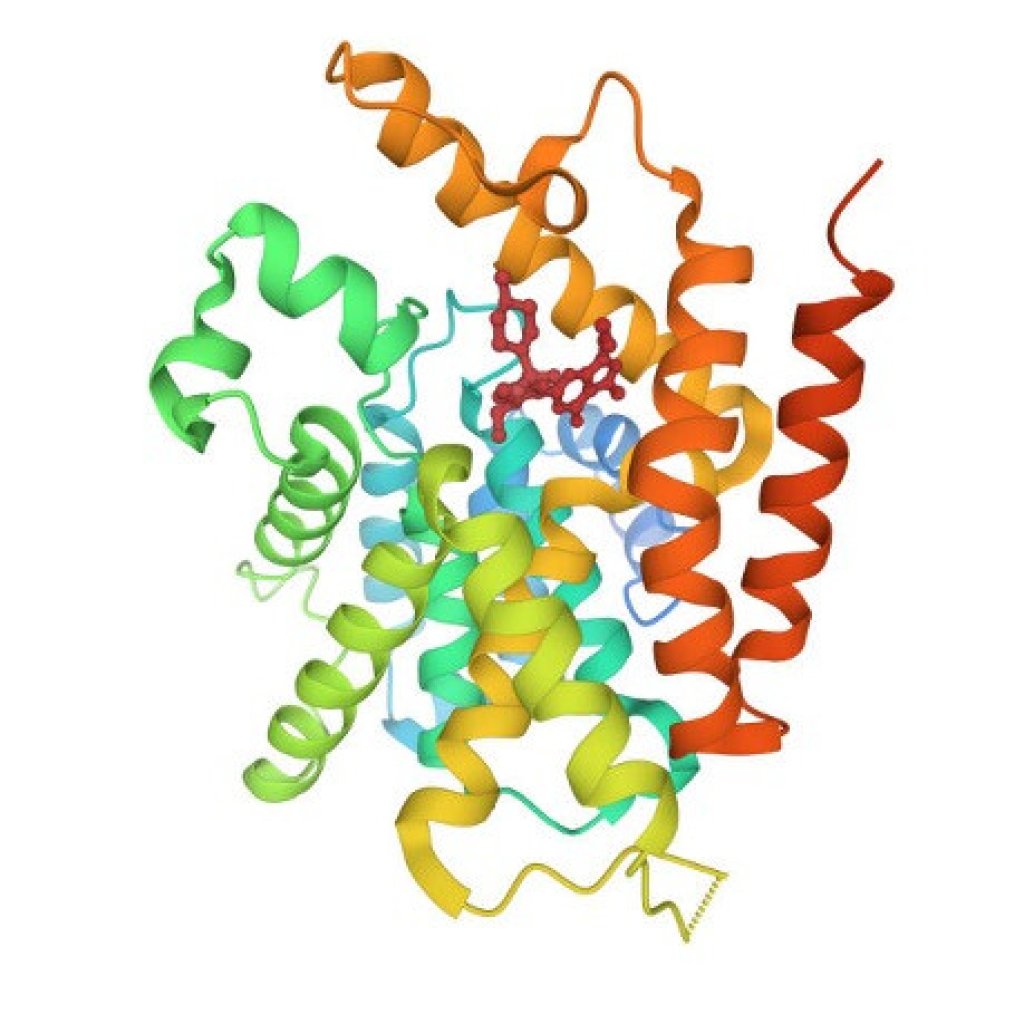Kinases
Kinases are a class of enzymes that catalyse the transfer of phosphate groups from phosphate-donating molecules to specific substrates, which is known as phosphorylation. Kinases play critical roles in metabolism, cell signalling, protein regulation, cellular transport, secretory processes, and many other cellular pathways. They are involved in many different pathologies. They are extensively used to transmit signals and regulate complex processes in cells. Phosphorylation of molecules can enhance or inhibit their activity and modulate their ability to interact with other molecules. Mutations in kinases leading to a loss-of-function or gain-of-function can cause various diseases in humans including cancer.
There are three major challenges within the field of kinase drug discovery:
The compounds must be highly active since they compete with high ARP levels within cells
High degree of selectivity is a must to avoid undesired, potentially toxic side-effects
The compounds have to be drug-like while combining high degrees of potency and selectivity
At Asclepia MedChem Solutions there is broad knowledge present after working within the kinase field for more than 20 years. Projects have been run on kinases such as ROCK2, PKCe, TAOK3, FLT3, LRRK2, SIK, RIPK2, TGFBR2, EGFR and some undisclosed kinases. Some of these kinases are challenging to find very potent, highly selective inhibitors within the drug-like chemical space. Drug-like inhibitors have been identified on the above-mentioned kinases for applications within the field of auto-immune diseases, inflammation, ophthalmology, Parkinson’s, fibrosis, epilepsy, etc.
Specific expertise has been acquired optimizing compounds towards being (metabolically) stable and brain penetrant for diverse CNS applications.
Another research field in which profound knowledge has been obtained over the years, is the field of kinase PET tracers allowing for the diagnosis and efficacy monitoring of cancer treatments.
Projects have been run as well on PROTACS (protein degraders) combining highly selective kinase inhibitors with a moiety capable of engaging an E3 ubiquitin ligase.
Ion channels
Ion channels are pore-forming membrane proteins that allow ions to pass through the channel pore. Ion channels can be classified by the type of ions they transport such as chloride, potassium, sodium, calcium, or they can be classified by their gating mechanism such as voltage-gated, ligand-gated, lipid-gated etc.
Ion channels underlie the nerve impulse, and they are "transmitter-activated" channels. For these reasons they are major components of the nervous system. They are also key players in a wide variety of biological processes that involve rapid changes in cells, such as cardiac, skeletal, and smooth muscle contraction, epithelial transport of nutrients and ions, T-cell activation, and pancreatic beta-cell insulin release. Ion channel deficiency can lead to several channelopathies.
Within the ion channel research field challenges lie not only within finding active compounds which need to be highly specific (not at least versus the hERG channel), but because of the lipophilic nature of the target class to find blockers/activators within the drug-like space. Moreover, having reliable X-ray data on ion channels remains challenging.
Specific programs have been directed by Dr. Petra Blom on voltage-gated potassium channels as there are Kv1.3, Kv1.5 and Kv4.3 within the field of atrial fibrillation, sleep apnea, multiple sclerosis, diabetes, etc.
Dioxygenases
Dioxygenases belong to the class of oxidoreductase enzymes. Aerobic life is depending on the oxidizing power of dioxygen in diverse metabolic pathways. From energetic adenosine triphosphate (ATP) generation to xenobiotic degradation, the use of dioxygen as a biological oxidant is widespread and varied in the exact mechanism of its use. The substrate and reaction type involved determine how enzymes apply many different schemes to use dioxygen. Dioxygenases can be categorized by type resulting in iron-containing enzymes, cambialistic dioxygenases and cofactor-independent dioxygenases. The diversity in the dioxygenase target class leads to a wide range of biological roles in disease areas such as depression, cardiovascular damage, dementia, cancer, and pain.
Consultancy has been delivered by Dr. Petra Blom optimizing compounds within an IDO program which has led to a clinical candidate for cancer treatment.
HDACs
Histone deacetylases are enzymes that remove acetyl groups from an ε-N-acetyl lysine amino acid on both histone and non-histone proteins. HDACs allow histones to wrap DNA more tightly which regulates DNA expression by acetylation and de-acetylation. HDACs display different functions in histone modification, neuronal histone modification and non-histone effects and play important roles in neurodegenerative disorders such as amyotrophic lateral sclerosis (ALS).
Due diligence has been performed by Asclepia MedChem Solutions to evaluate the potency, selectivity, and drug-likeness of novel HDAC inhibitors as a starting point for a program aiming to have applications within the CNS field.
GPCRs
G protein-coupled receptors form a large group of evolutionarily related proteins that are cell surface receptors that detect molecules outside the cell and activate cellular responses. They are coupled with G proteins and pass through the cell membrane seven times in form of six loops of amino acid residues. Ligands can bind either to the extracellular N-terminus and loops (e.g. glutamate receptors) or to the binding site within transmembrane helices (rhodopsin-like family). They are all activated by agonists, although a spontaneous auto-activation of an empty receptor has also been observed.
Different projects have been run by Asclepia MedChem Solutions on GPCRs within diverse disease areas.
PDEs
A phosphodiesterase (PDE) is an enzyme that breaks a phosphodiester bond. Phosphodiesterases refer to cyclic nucleotide phosphodiesterases, but many other families of phosphodiesterases are known. PDE inhibitors have been identified as new potential therapeutics in areas such as pulmonary arterial hypertension, coronary heart disease, dementia, depression, asthma, COPD, infections, etc.
Asclepia MedChem Solutions performed due diligence to evaluate the potency, selectivity, and drug-likeness of novel PDE inhibitors as starting points for different programs within the cardiovascular area.

